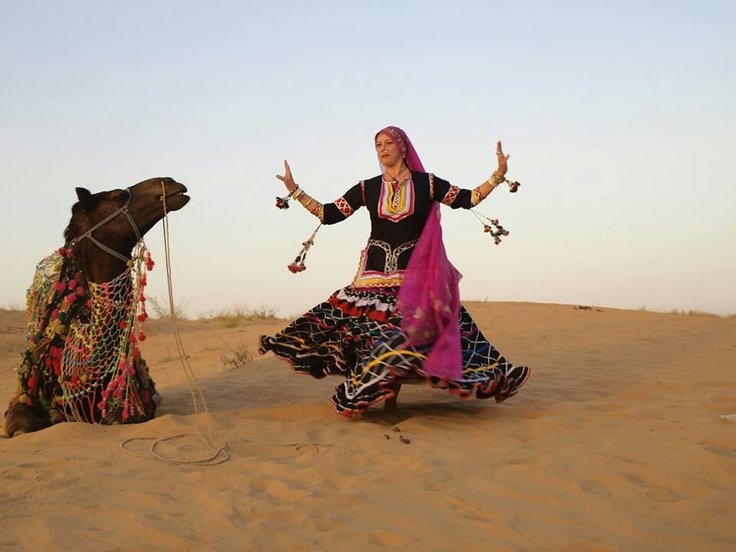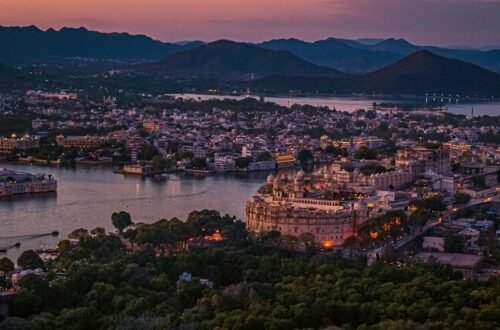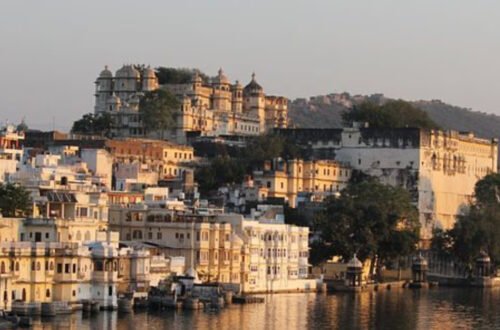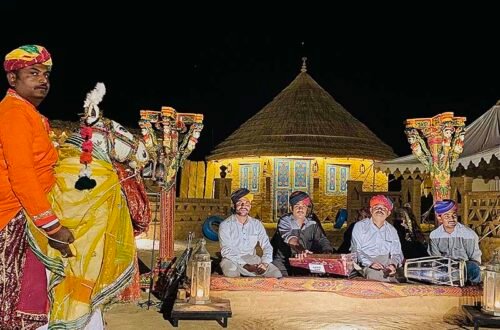Jaisalmer, often called the “Golden City” of India, is a breathtaking blend of history, heritage, and horizon-touching sand dunes. Tourists are usually drawn to the iconic Jaisalmer Fort, but those who venture beyond its sandstone walls quickly realize that the city holds far more than just tales of battles and royalty. Whether you’re exploring the architectural wonders, sampling local cuisine, or booking a trusted Jaisalmer taxi service, there’s a vast world waiting beyond the fort’s bastions.
The Allure of the Fort — And What Lies Beyond
Jaisalmer Fort dominates the skyline, rising majestically from the Trikuta Hill. Its honey-gold sandstone glows warmly under the desert sun, offering an otherworldly first impression. But while this 12th-century fort is undeniably the crown jewel of the city, it’s far from the only treasure. Within its ancient walls are still-inhabited homes, temples, and havelis — a living museum of heritage and culture. However, Jaisalmer’s real charm unfolds when you step outside the fort’s gates and into the heart of the Thar Desert and surrounding communities.
Heritage Havens and Desert Havelis
One of the city’s most captivating features is its collection of havelis — intricately carved sandstone mansions that once belonged to wealthy merchants. Patwon Ki Haveli, Nathmal Ki Haveli, and Salim Singh Ki Haveli are some of the finest examples of Rajasthani craftsmanship, boasting intricate facades, mirror work, and lattice balconies. These structures offer a window into the city’s trade-driven past and are essential stops on any Jaisalmer one day tour.
These havelis aren’t just relics; they speak of a time when Jaisalmer thrived as a trading hub connecting India with Central Asia. Each corner tells a story — of opulence, of vision, and of art passed through generations.
Cultural Immersion in the Living City
Away from the typical sightseeing spots, the local life in Jaisalmer is rich and vibrant. Walking through the old bazaars of Sadar Bazaar or Bhatia Bazaar, one can find exquisite Rajasthani textiles, handwoven carpets, silver jewelry, and camel leather goods. The warmth of the people, many of whom are involved in traditional crafts passed down through centuries, lends a personal touch to your journey.
Visitors often recall how simple conversations with shopkeepers, artisans, and local guides became the highlights of their trip. This personal experience connects travelers to the city beyond just visuals — offering insight into a lifestyle shaped by the desert yet bursting with color and tradition.
The Rhythm of the Desert: Music, Dance, and More
Jaisalmer isn’t just about visual splendor; it’s also deeply rooted in folk traditions. Music and dance are central to the local culture. Attend an evening performance at a desert camp, and you’ll be mesmerized by the haunting melodies of the sarangi, the lively beats of the dhol, and the graceful movements of Kalbeliya dancers.
These performances aren’t simply entertainment — they are expressions of a people who have adapted and thrived in one of the most extreme climates in the world. Each note and movement tells a tale of survival, joy, and connection to the land.
The Thar Experience: Sand Dunes, Camels, and Stargazing
Beyond the city limits, the Thar Desert unveils a world that feels almost untouched by time. Sam and Khuri are two of the most famous dune sites where visitors can enjoy camel rides, jeep safaris, and overnight stays in desert camps.
As the sun dips below the horizon, the sand turns molten gold, and the silence of the desert becomes almost meditative. And when night falls, the desert sky reveals a canopy of stars — a view that many travelers cite as a life-changing experience. This isn’t just sightseeing; it’s a chance to feel the vastness of nature and one’s place within it.
Temples and Spiritual Sites Beyond the Fort
While Jain temples inside the fort are widely known, several spiritual sites outside the fort are equally compelling. Lodurva, once the ancient capital of the Bhati dynasty, now holds beautifully restored Jain temples. Their ornate architecture and quiet ambiance make them perfect for contemplation.
Tanot Mata Temple, near the Indo-Pak border, is another noteworthy destination. Revered not only for its religious significance but also for its role in wartime history, the temple stands as a symbol of faith and protection in this remote region.
Exploring Local Cuisine and Hospitality
No visit to Jaisalmer is complete without indulging in its culinary heritage. From ker sangri (a local desert bean preparation) to dal baati churma, the flavors here are as unique as the landscape. Many desert camps and family-run guesthouses offer home-cooked meals that allow you to taste authentic Marwari cuisine.
Moreover, the hospitality in Jaisalmer goes beyond service — it’s deeply personal. Hosts welcome guests with traditional Rajasthani warmth, often treating them like family. This creates not just comfort but trust, turning a stay into a story you’ll share long after you leave.
More Than a Fort: A Complete Travel Experience
Jaisalmer may be introduced to most travelers through its fort, but those who delve deeper find a place where history, culture, and human connection coalesce. The experiences stretch far beyond architecture — from camel treks to local storytelling, from desert adventures to spiritual serenity. Whether you’re planning activities or exploring the vast list of things to do in Jaisalmer, you’ll discover that the city rewards curiosity.
In the end, Jaisalmer isn’t just about where you go — it’s about how deeply you choose to experience it. The Golden City is more than just golden walls; it’s a living, breathing tapestry of desert life, rich heritage, and soul-stirring experiences waiting to be discovered.





